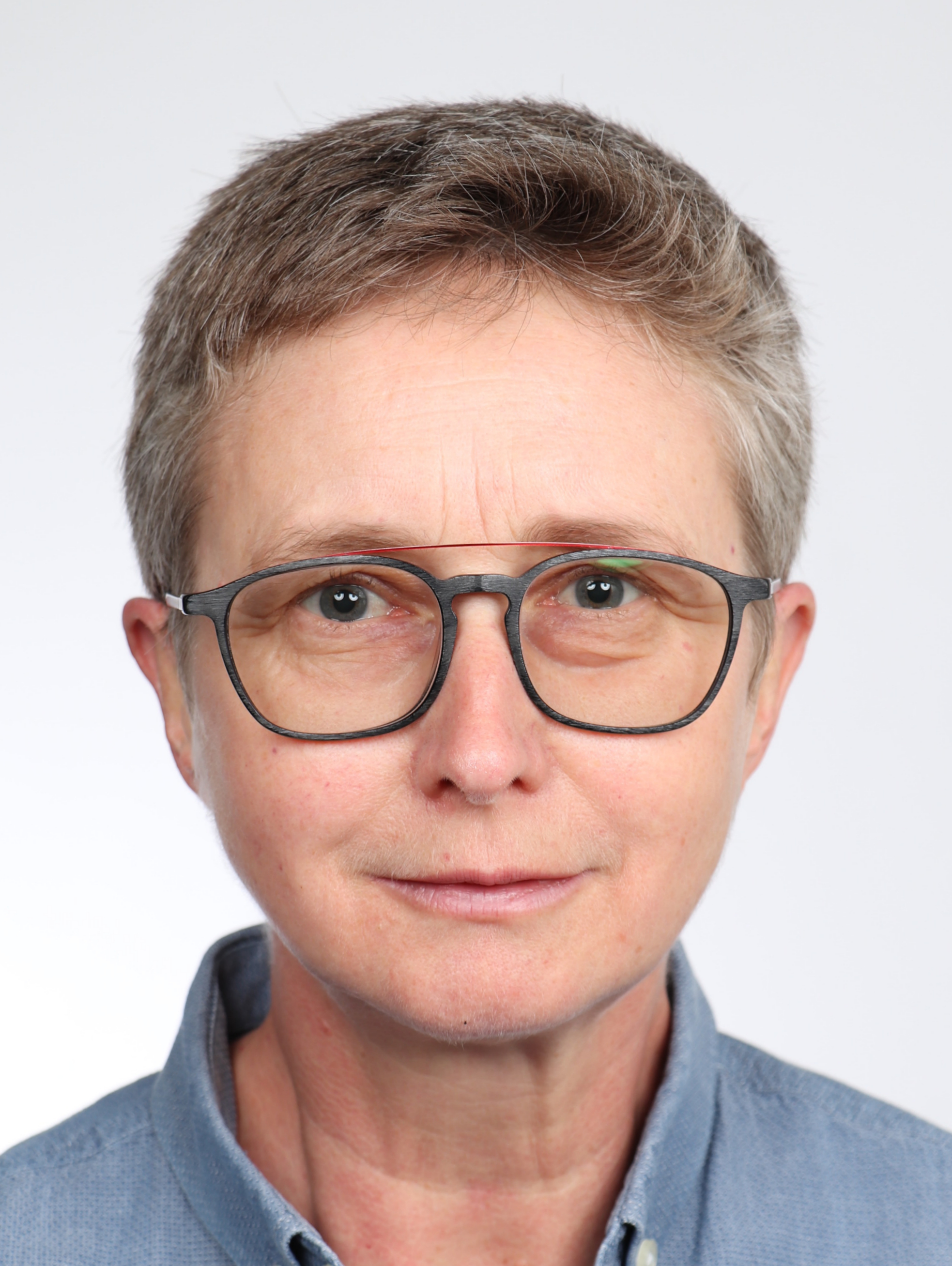Karin Patenge
Senior Principal Product Manager | Oracle Spatial and Graph
Karin Patenge is a Product Manager for Oracle's Spatial and Graph Technologies. She works closely with customers, partners, and tech communities in mostly Europe, and the Middle East. She engages with developers, solution architects, data engineers & analysts in order to bring added value to their projects by integrating spatial and graph capabilities into solution architectures. Karin has a master's degree in Computer Science and has followed the UNIGIS postgraduate study program. She is based in Berlin, Germany, and collaborates closely with Oracle´s Spatial and Graph development teams.

